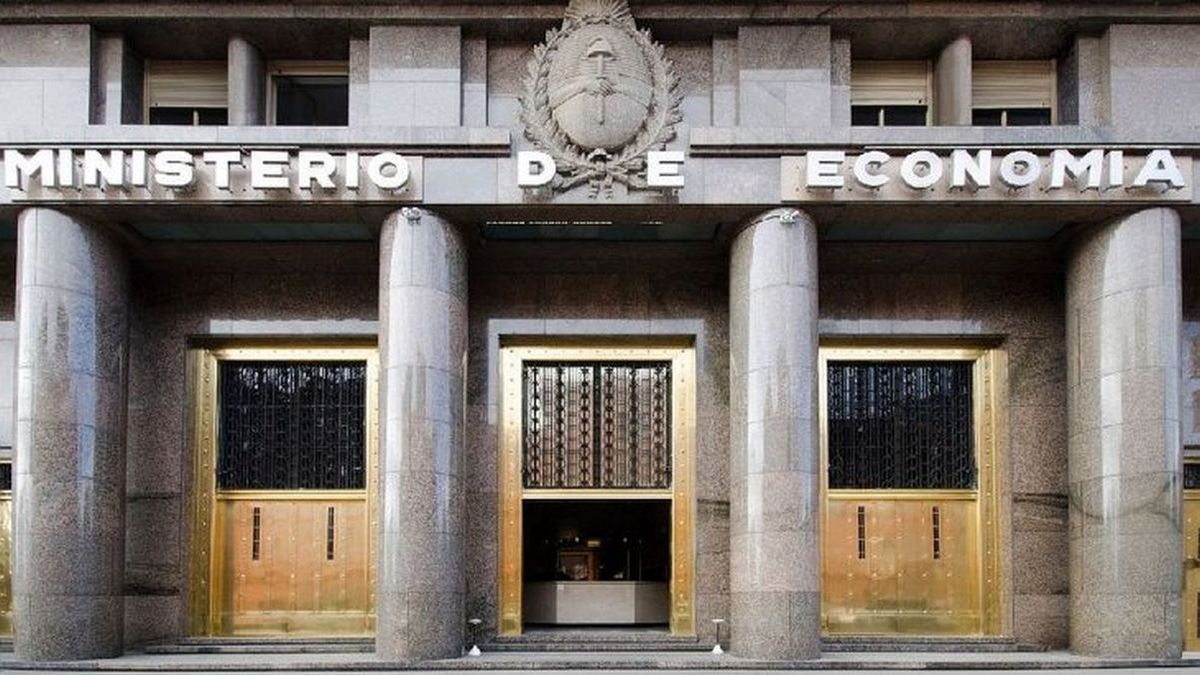He cooling of activity in the last part of the year, say analysts, will be held in the first months of 2023. In fact, they warn that different factors will affect a possible stagnation of the economy. Something that, according to different private surveys, was already observed in January.
“When looking at the numbers with which 2022 closed, it can be seen that the statistical drag is negative. And looking ahead, the lack of foreign exchange, which is going to be accentuated by the poor harvest of soybeans and corn, whose prospects are getting worse and worse, it will be very difficult for Argentina to show growth this year”, he explained to Ambit the economist Jorge Neyro.
“Hopefully, we can expect stagnation, with a difficult first semester. Because there you will notice the lack of currency settlement and the impact that this will have on economic activity. The second semester will be more dominated, in part, by the electoral dynamics. But it will be difficult to see positive growth numbers this year,” added the analyst.
industry
They warn that different factors will condition economic activity this year
For his part, Lautaro Moschet, economist at the Libertad y Progreso Foundation, assured that it is expected that the “the trend that was seen during the last quarter of 2022.” “The post-pandemic rebound is over and we are now seeing the real picture of economic activity. The country has been stagnant for more than a decade with constant ups and downs, but it has not been able to stabilize and follow a path of growth”, the analyst highlighted.
“In addition to the very rigidity that the Argentine economy presents, both due to its regulations, taxes and outdated labor laws that make it impossible to develop new jobs, we began to suffer the exogenous shock of the drought. In this sense, it can be seen that, in December, the ‘Agriculture, livestock, hunting and forestry’ sector showed the most pronounced drop in year-on-year terms of 18%”, he pointed out.
“Going forward, we can intuit that this year will be full of adversities that will lead to a recession. On the one hand, the climatic factor mentioned above implies million-dollar losses for agriculture (and also for the government due to the lower fiscal resources). On the other hand, electoral uncertainty paralyzes investors and it is decided to wait to see what will happen after October”, remarked Moschet.
For their part, from the LCG consultancy they pointed out that “the last four months of the year were marked by consecutive falls in the level of activity, accumulating 2.8 pp compared to August (last month with growth). Already with a bad fourth quarter, the statistical drag from the fourth quarter to 2023 would be negative 0.5%.
In this scenario, the firm highlighted: “By 2023 we expect activity to be negatively affected by a series of variables. In the first place, due to the drought itself, but also due to the decrease in foreign currency that it generates via lower exports (US$8,000 million, as a floor), which would be correlated with a lower availability of foreign currency for imports. For this reason, the conditioning on the operation of the industrial sector would be more palpable than last year”.
“On the other hand, with inflation that continues to be high and that navigates at rates of 95-100% per year, it is difficult to expect a recovery in wages and, with it, in consumption. In summary, we project a fall of around 2% per year on average”, they estimated from LCG.
EMAE data for December
As reported by INDEC, in December ten of the sectors that make up the EMAE registered increases in the year-on-year comparisonamong which Fishing (+15.5% yoy), Hotels and restaurants (+10.8% yoy) and Mining and quarrying (+10.8% yoy) stand out.
In turn, the Mining and quarrying sector (+10.8% yoy) was the sector with the greatest positive impact on the interannual variation of the EMAE, followed by Real estate, business and rental activities (+2.3% yoy) and Hotels and restaurants (+10.8% yoy).
For his part, the Agriculture, livestock, hunting and forestry sector (-18.0% yoy) was the one that registered the greatest drop in the year-on-year comparison, followed by Manufacturing industry (-2.1% yoy) and Wholesale, retail and repair trade (-1.1% yoy): between the three they contributed -1.41 percentage points to the year-on-year fall of the EMAE.
Source: Ambito



